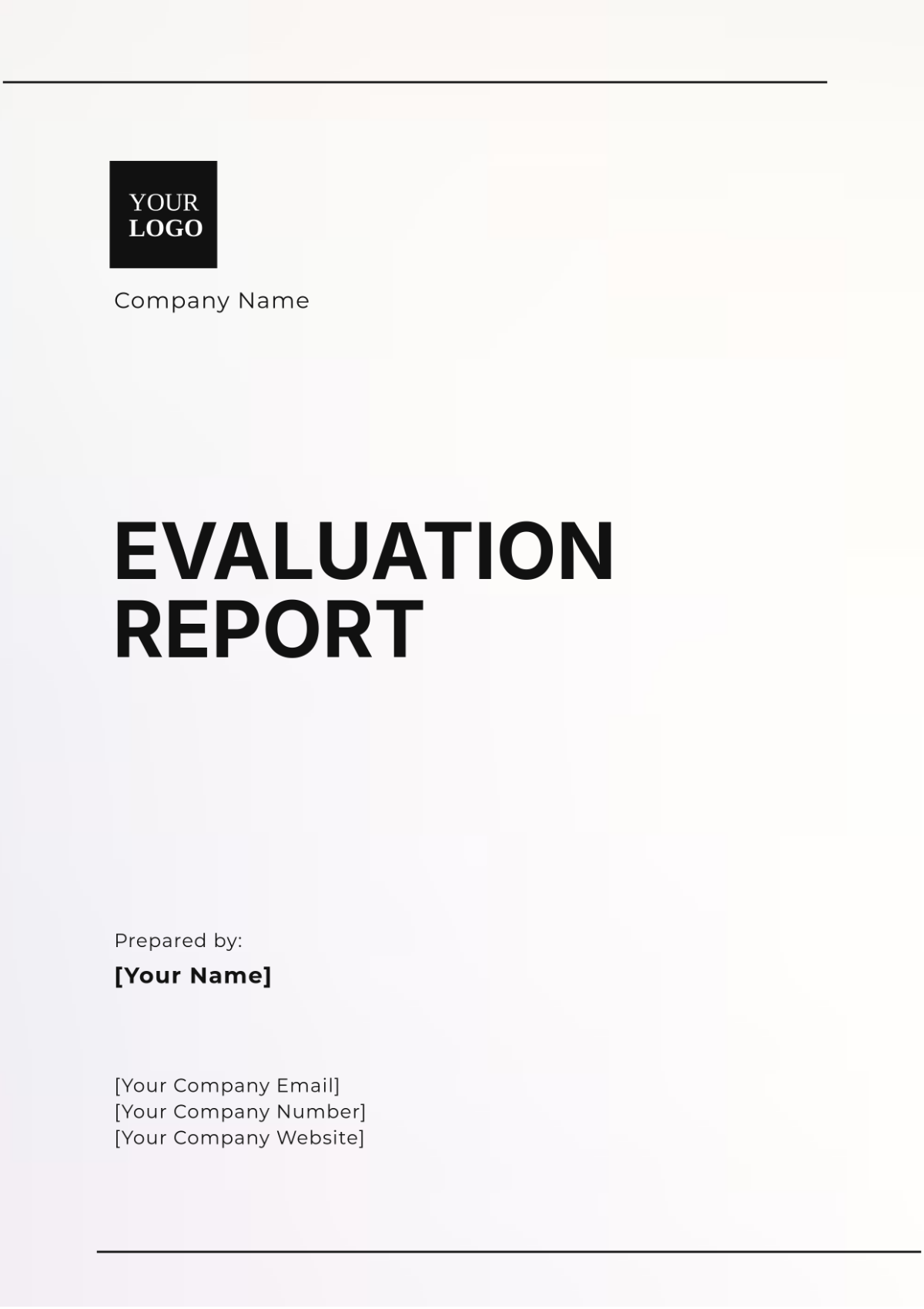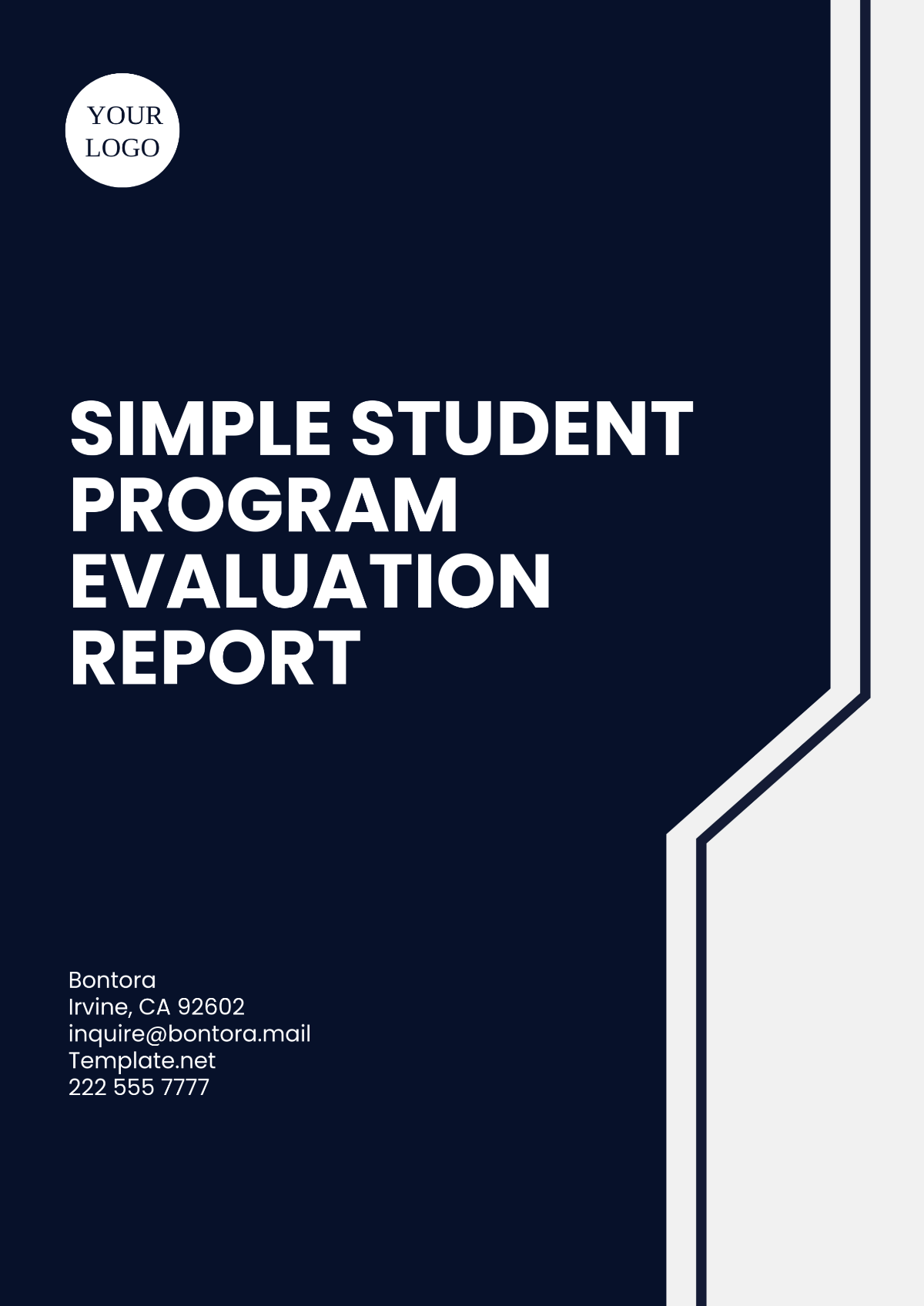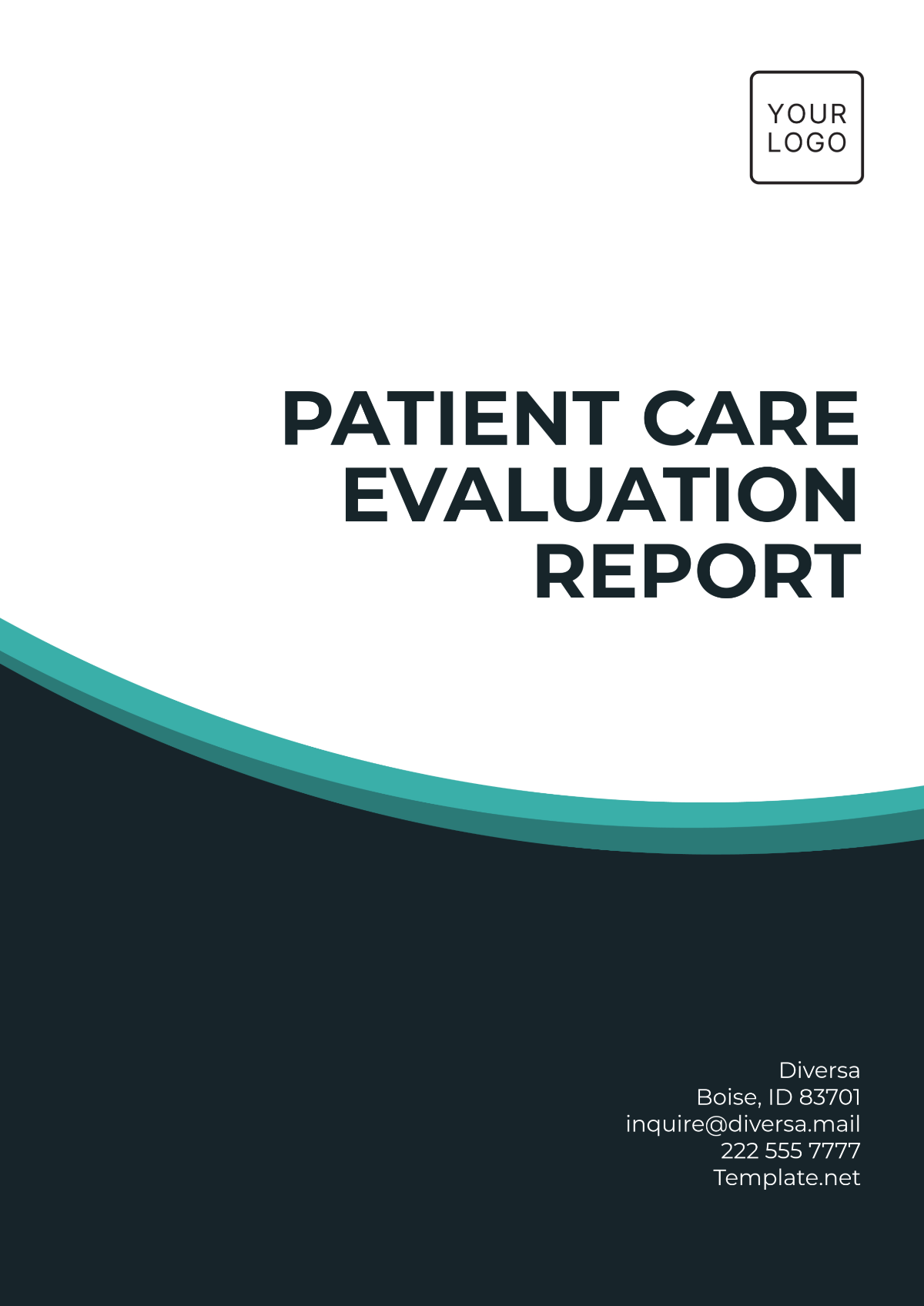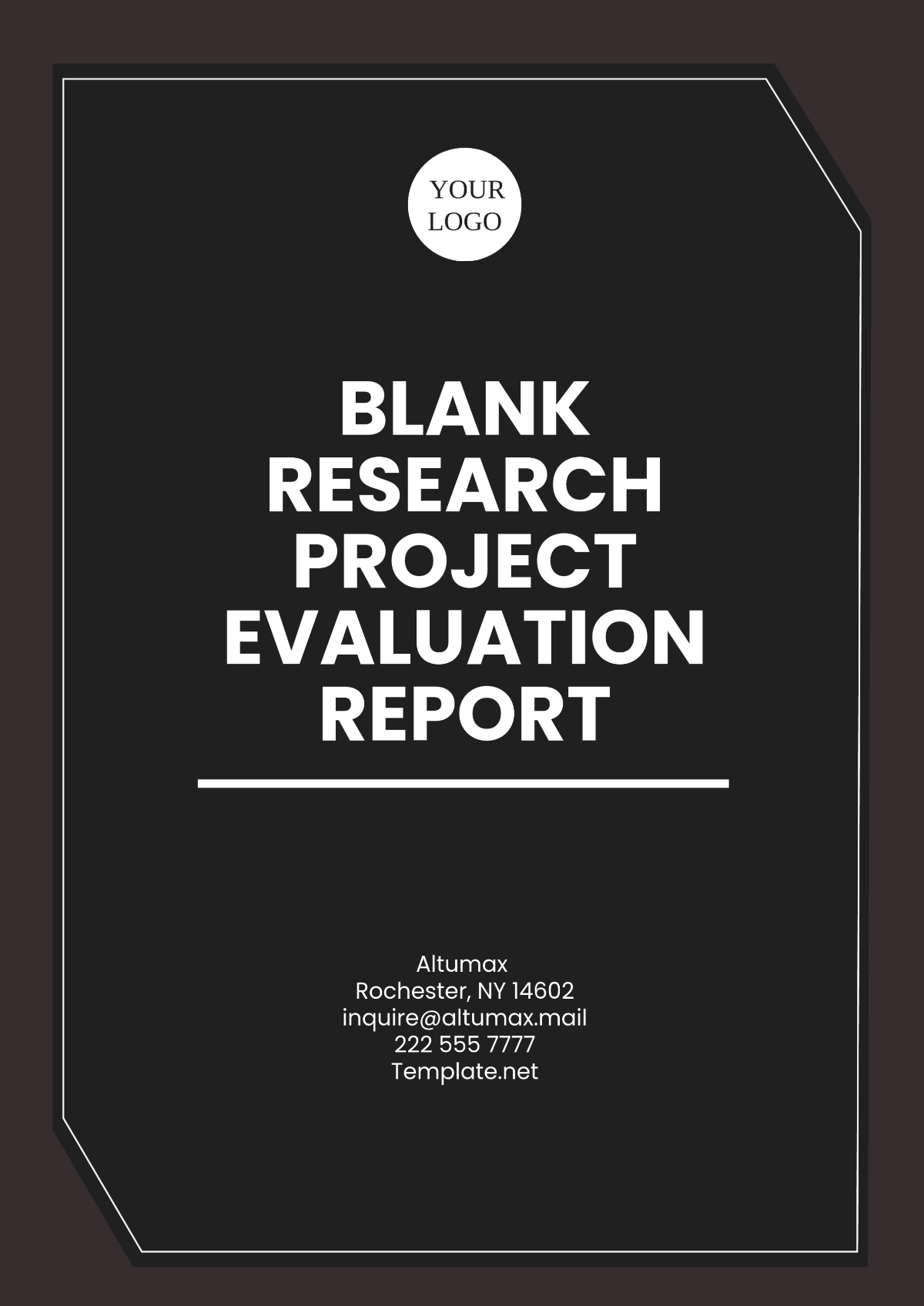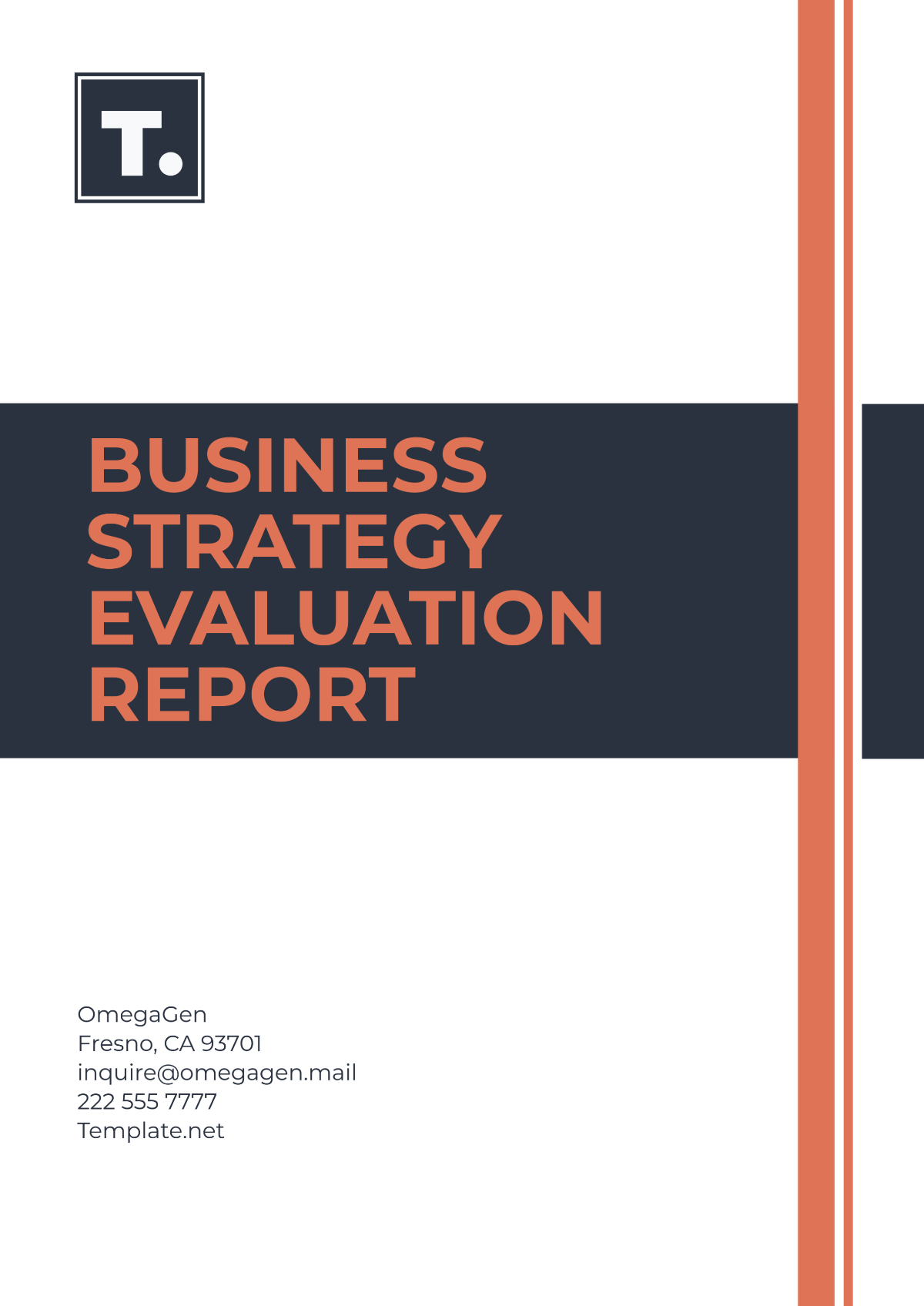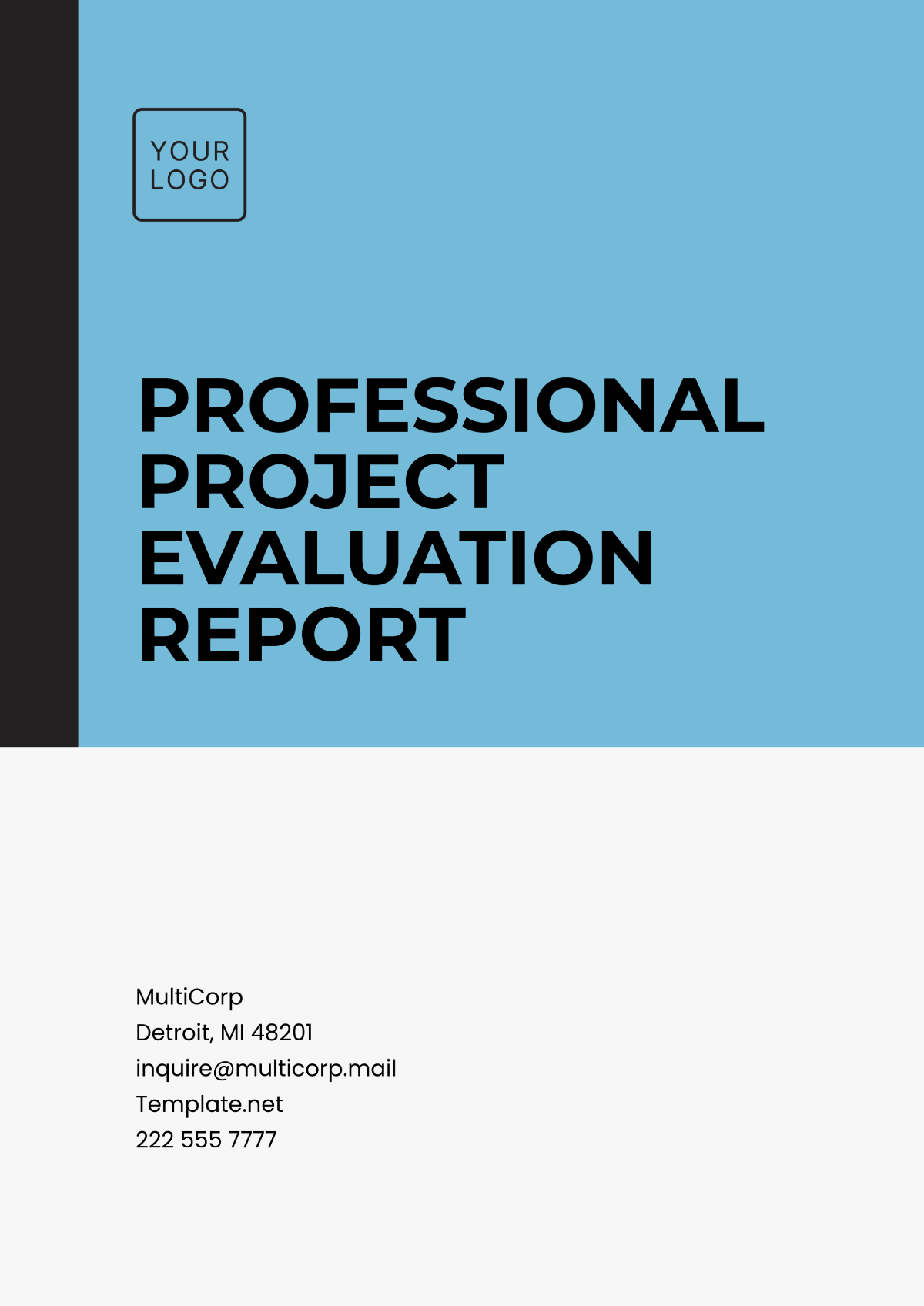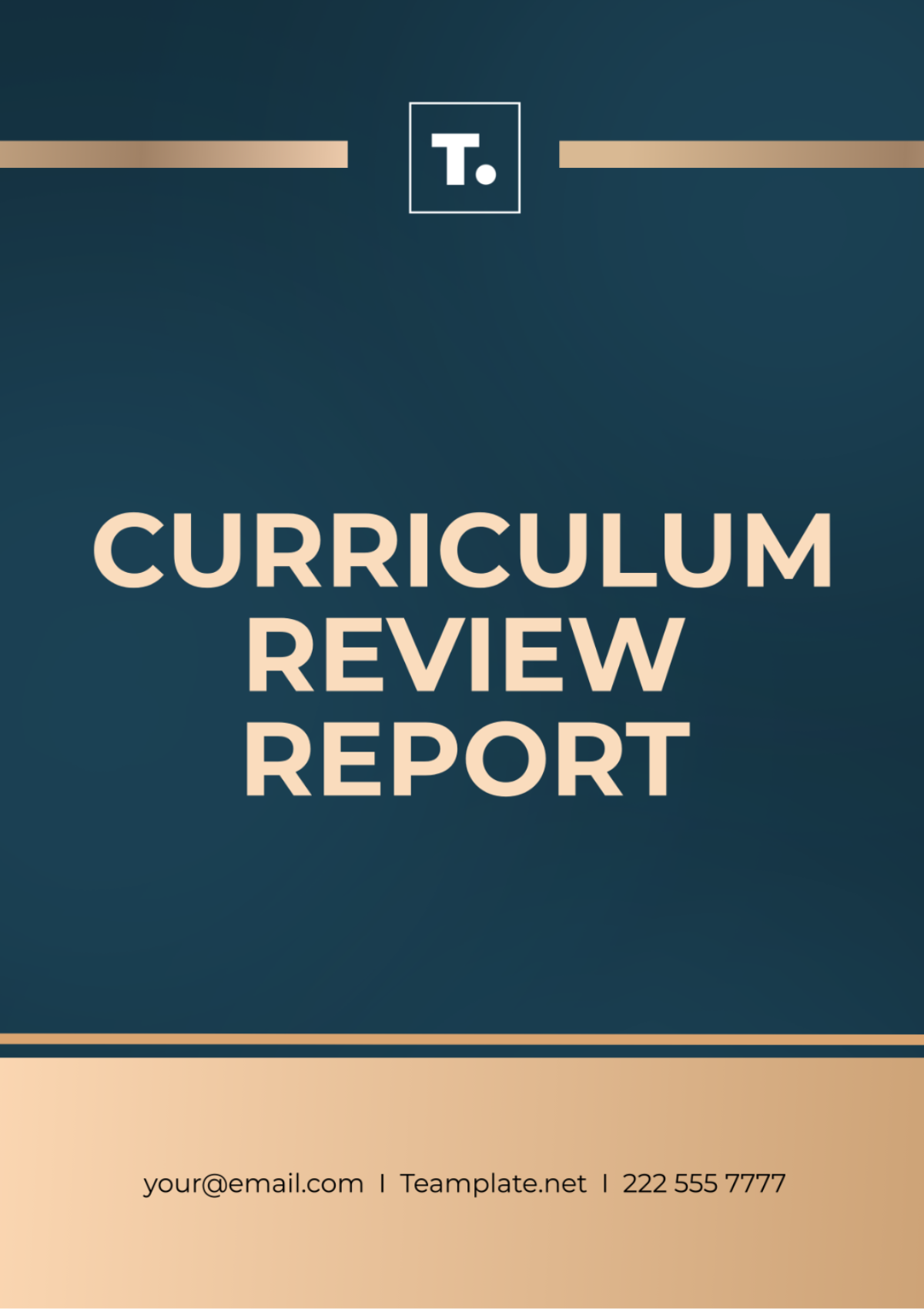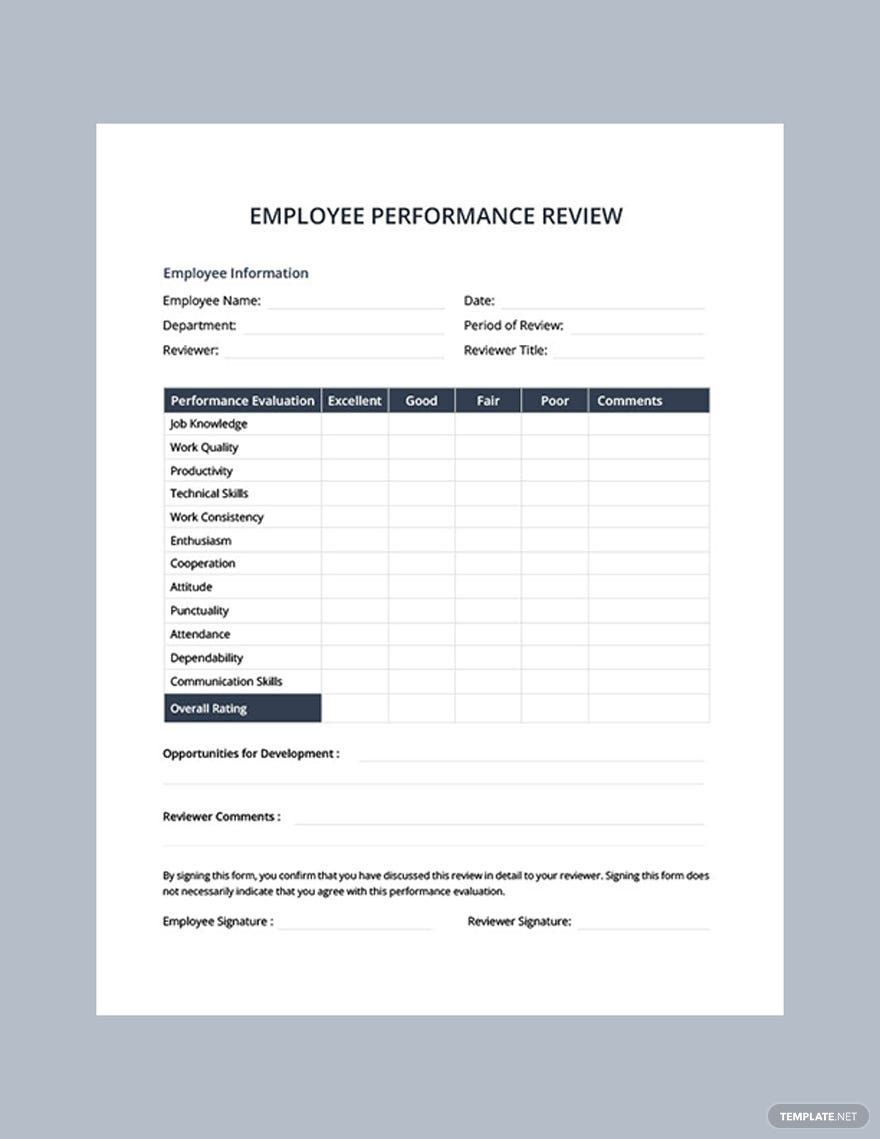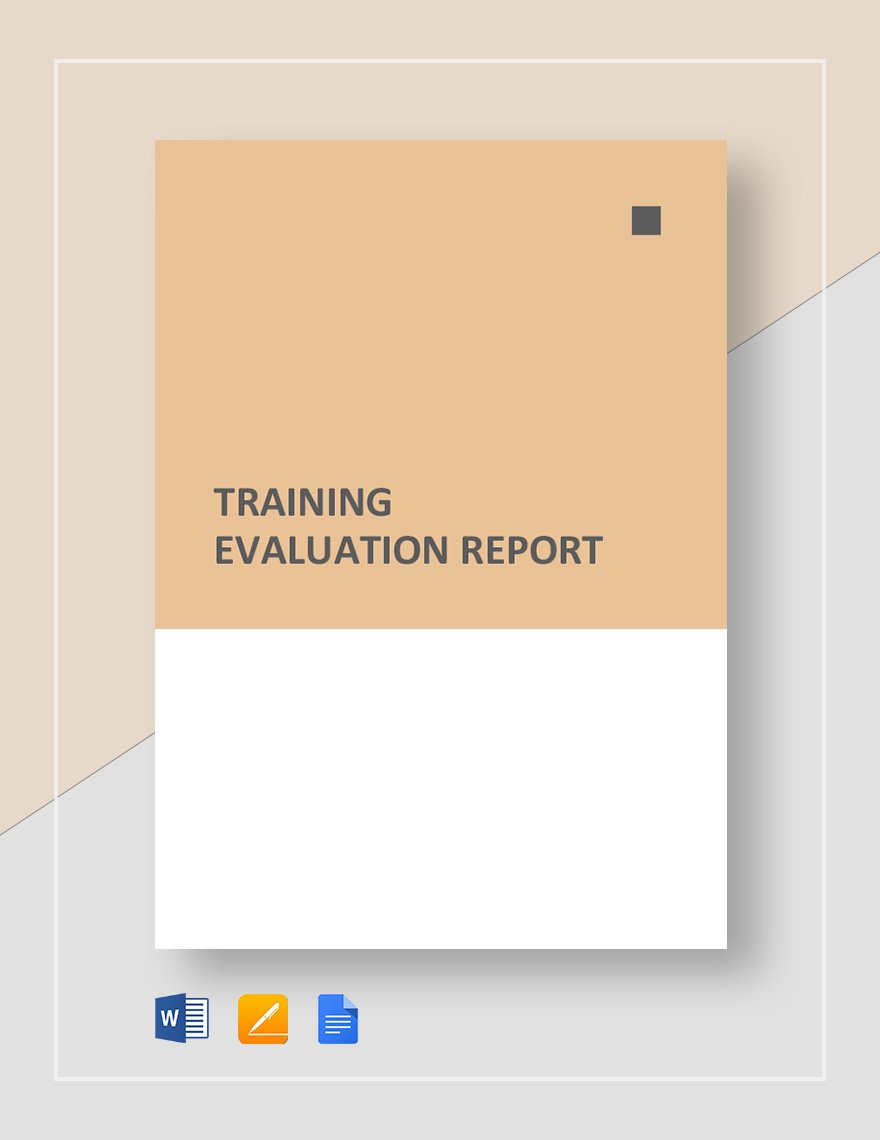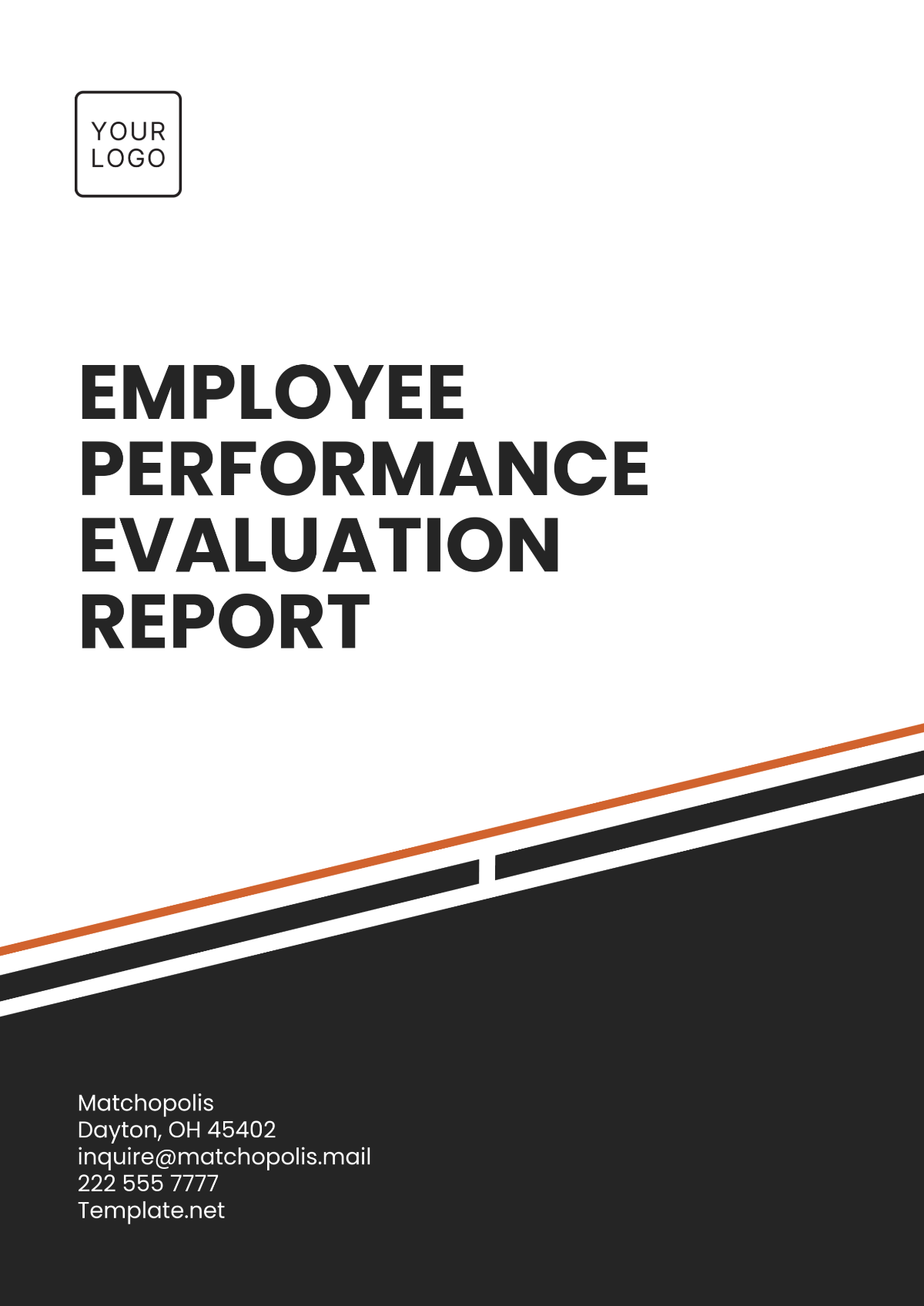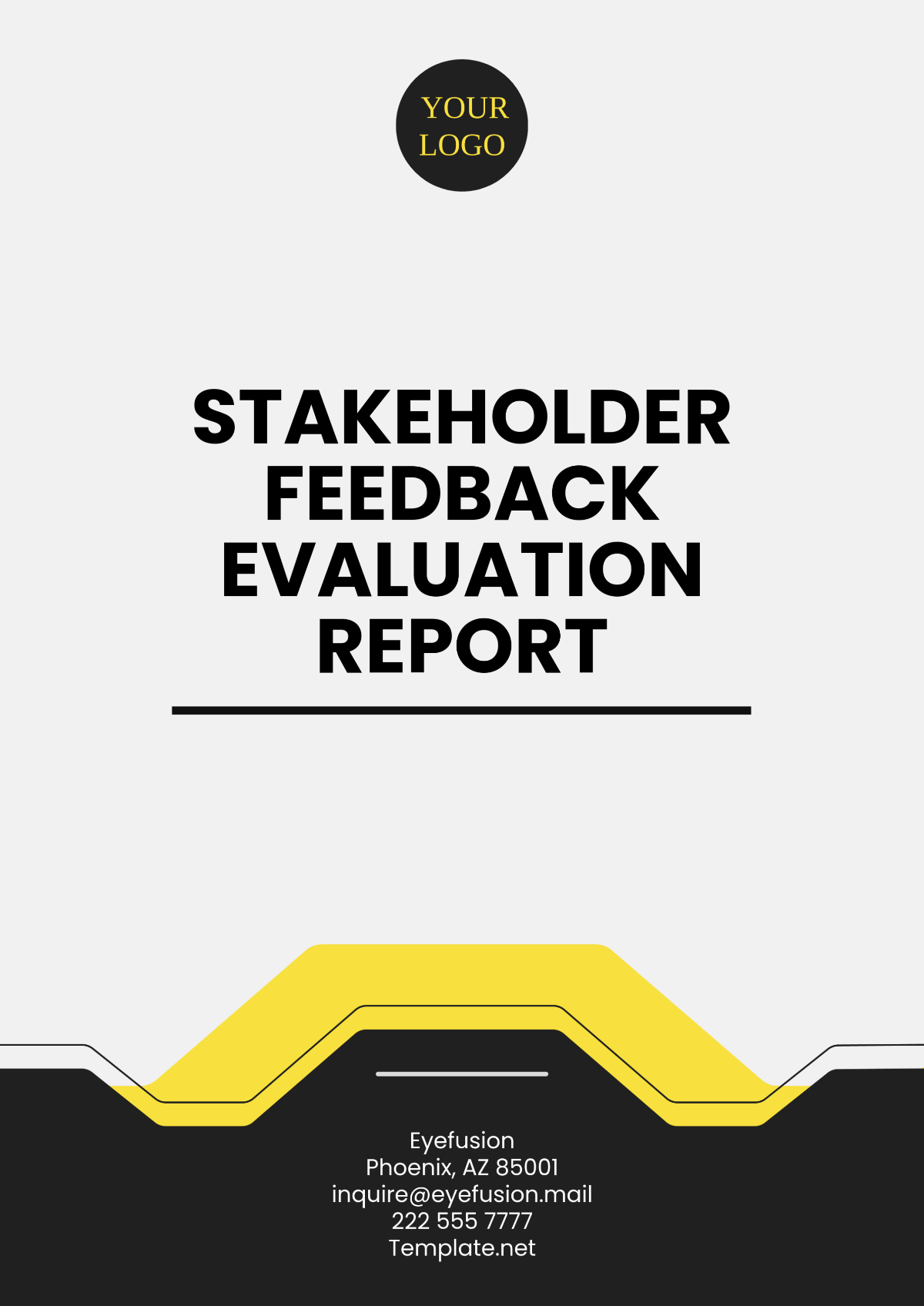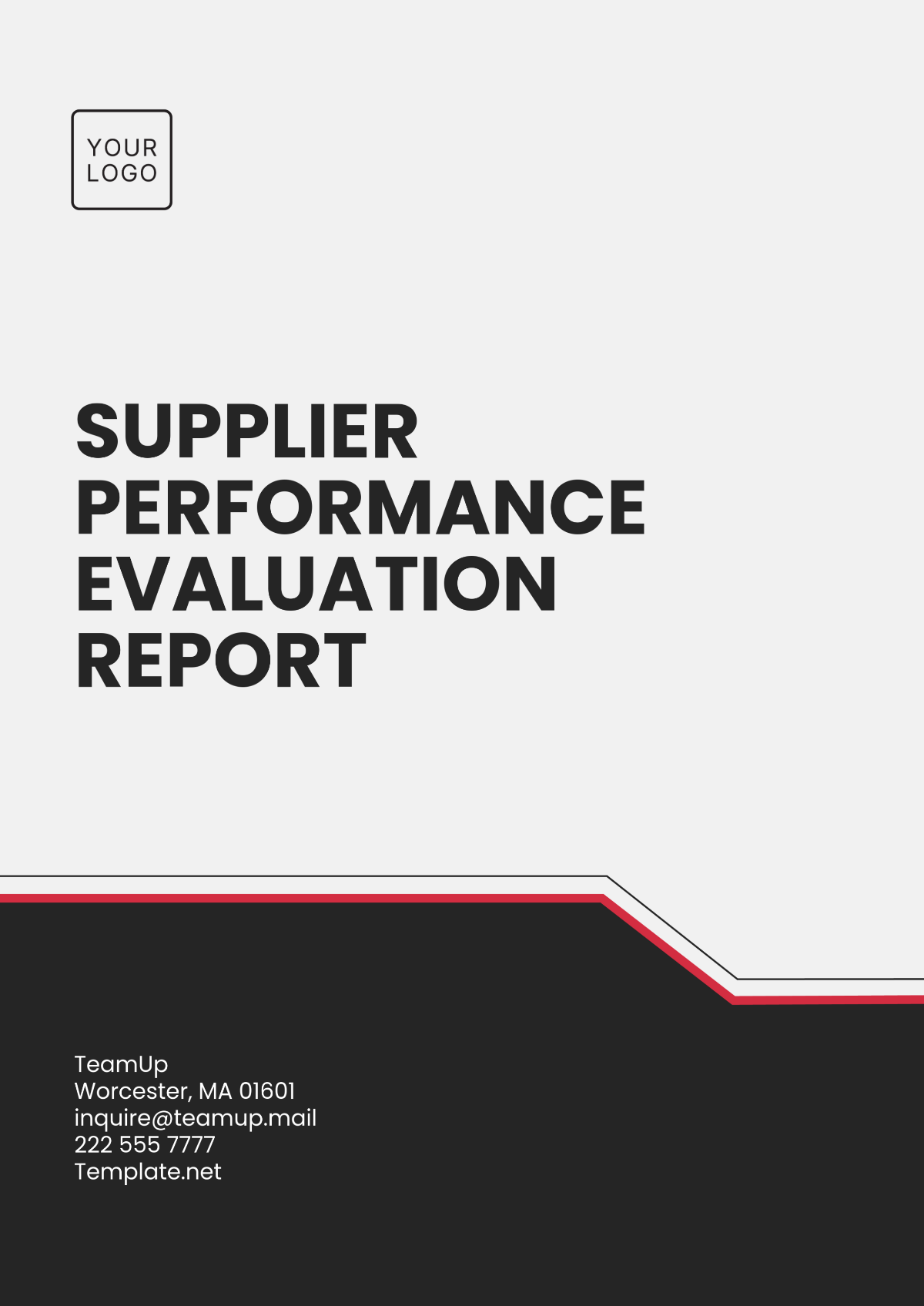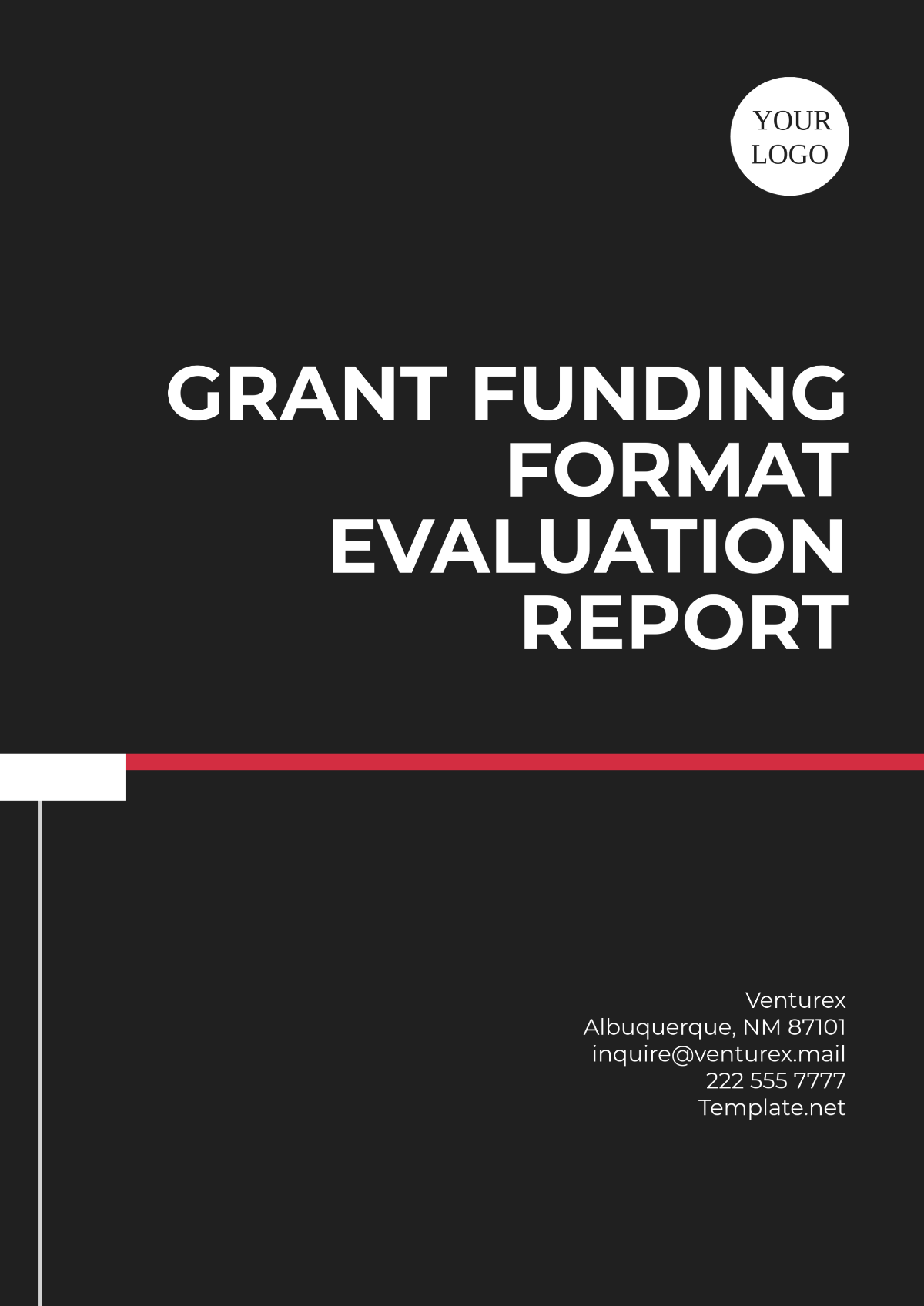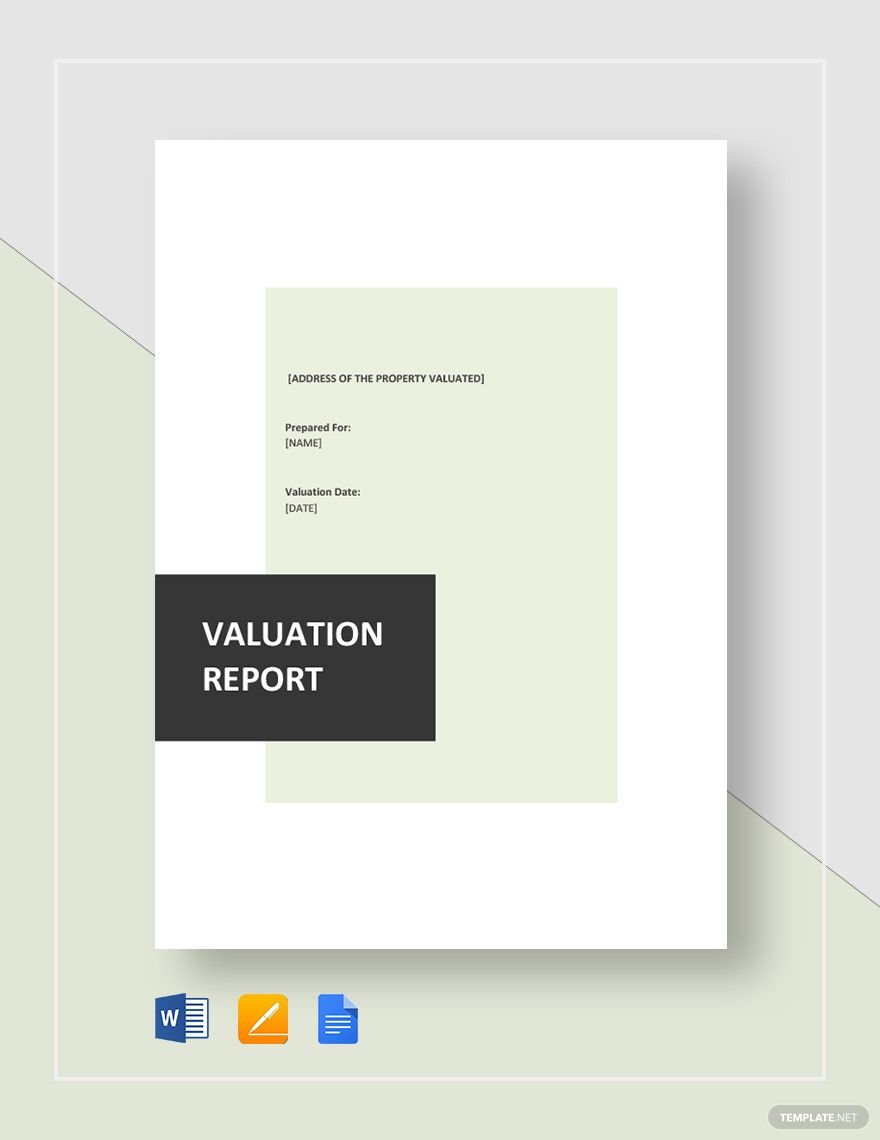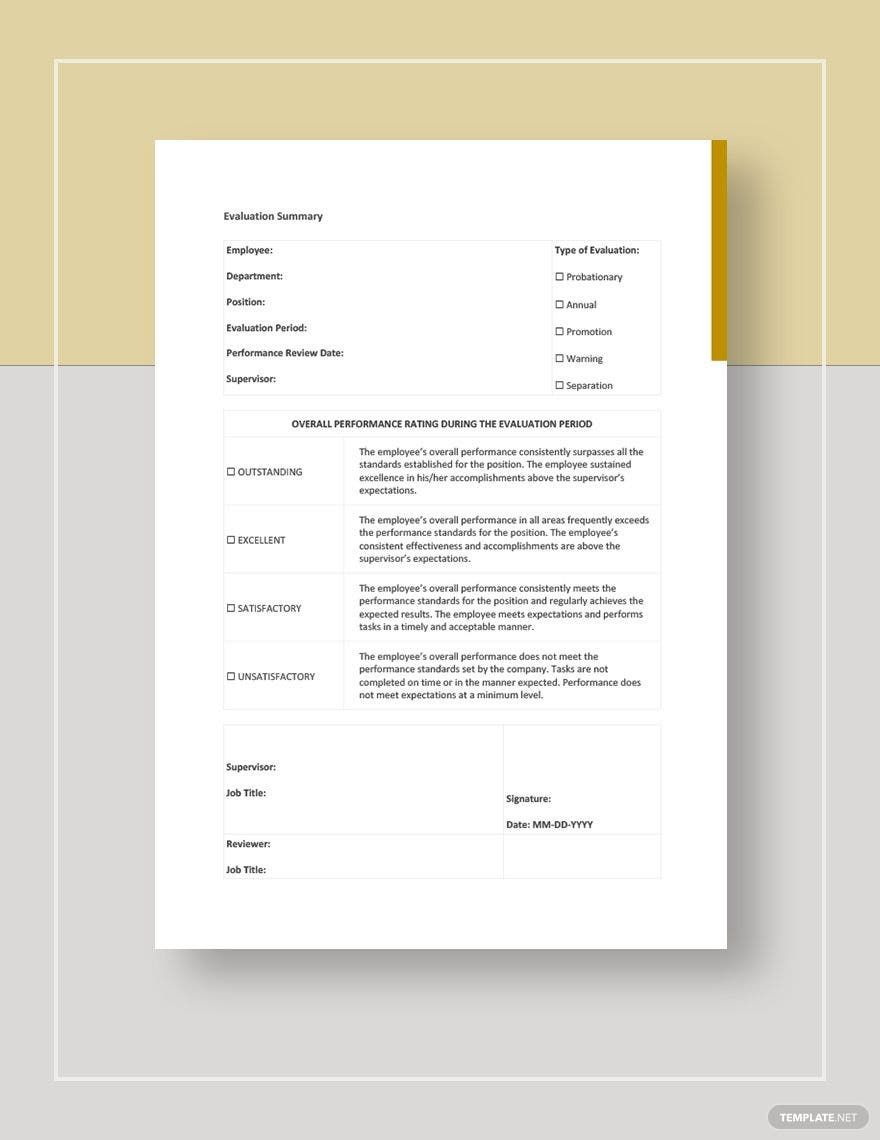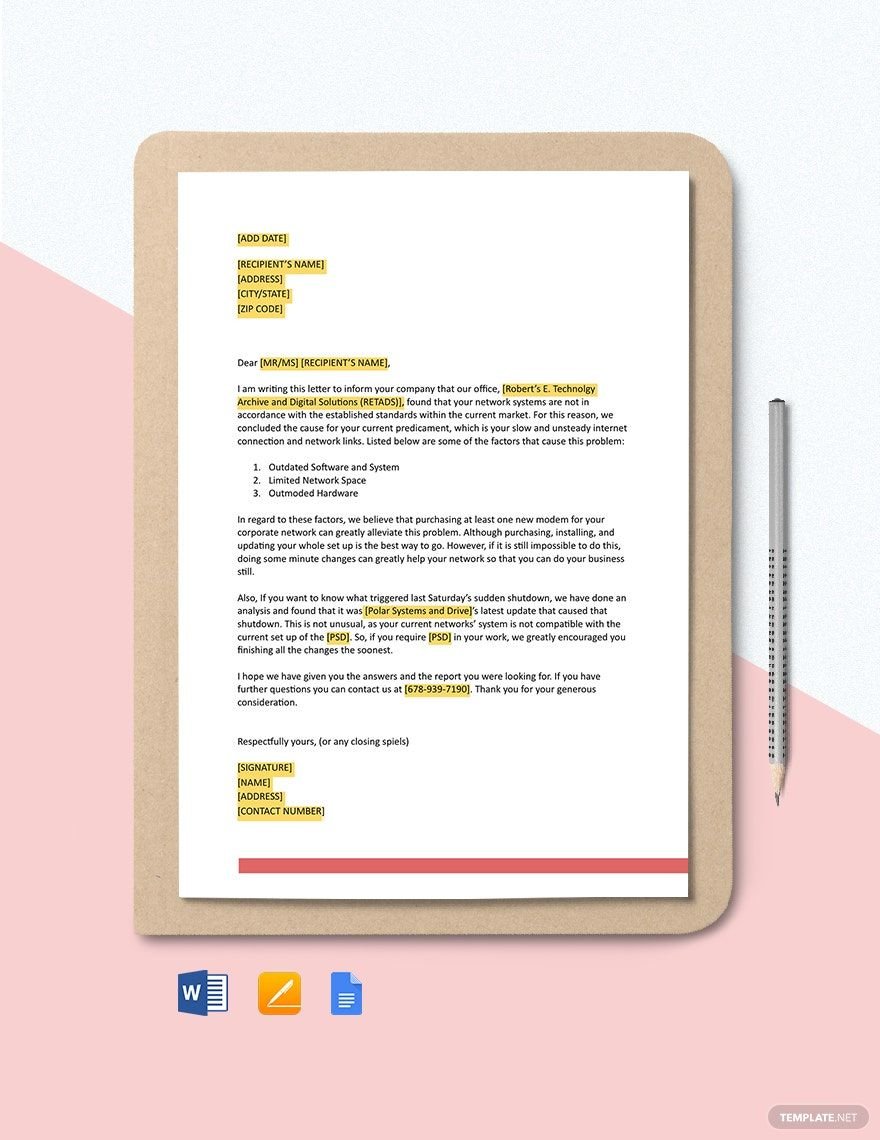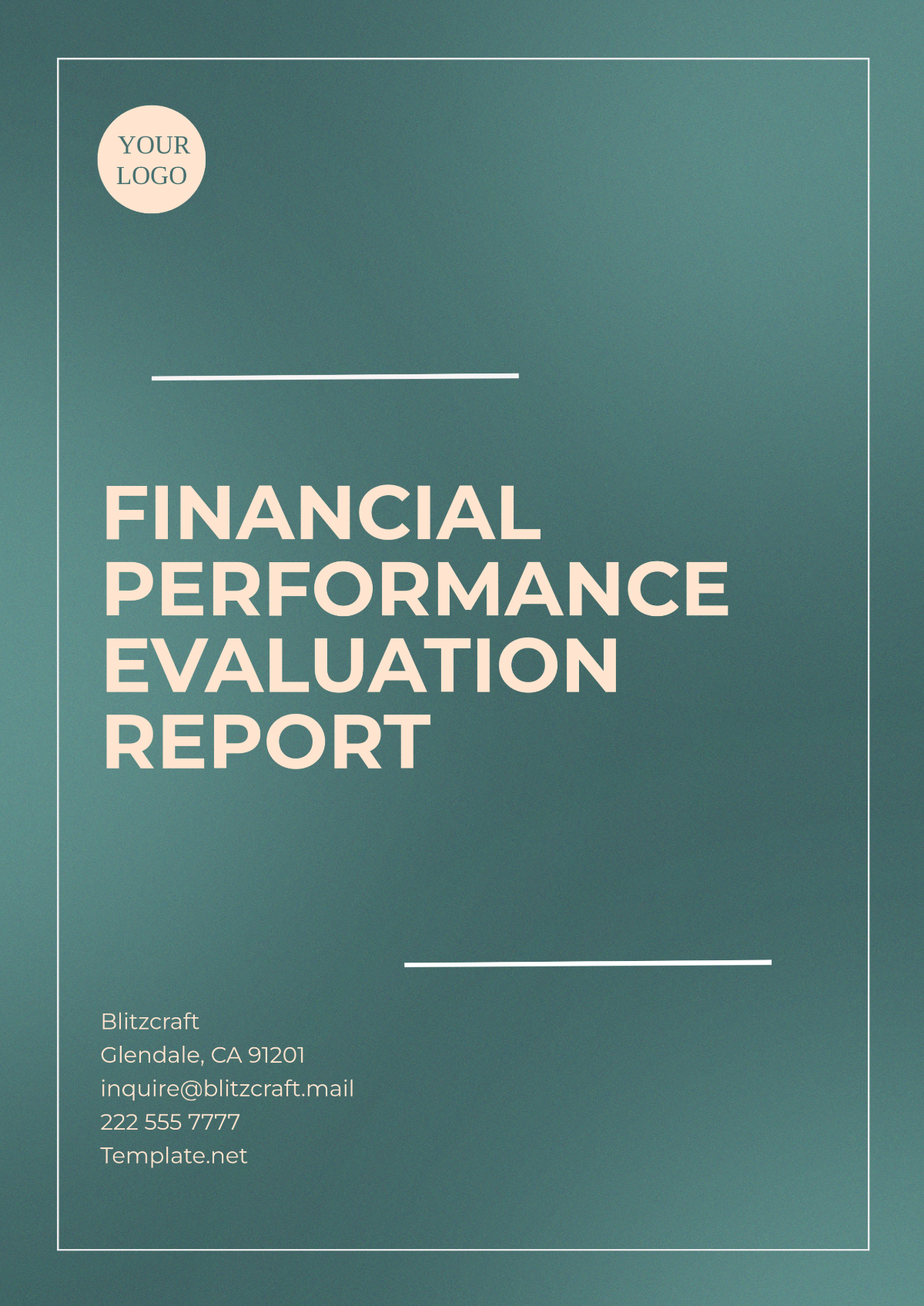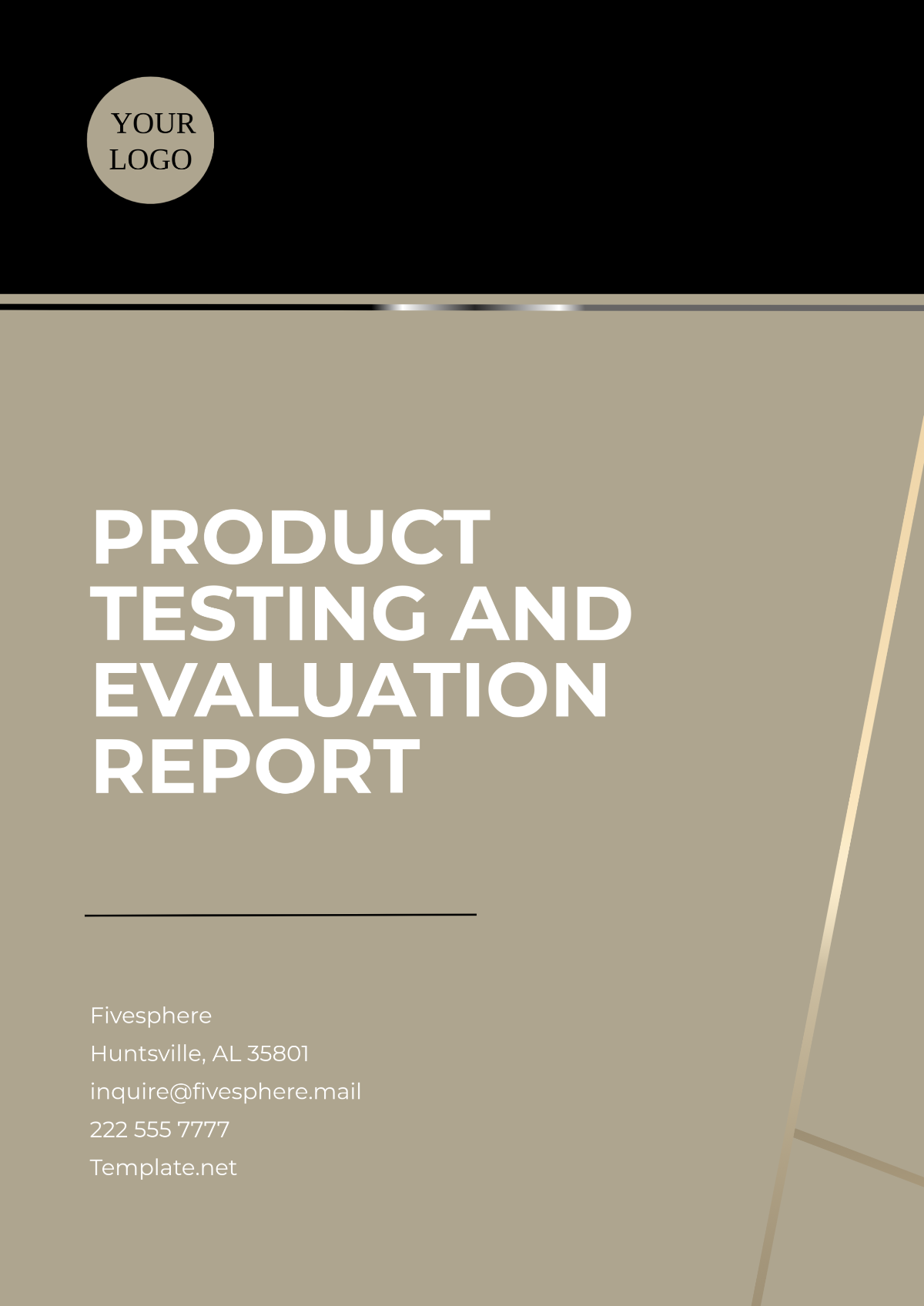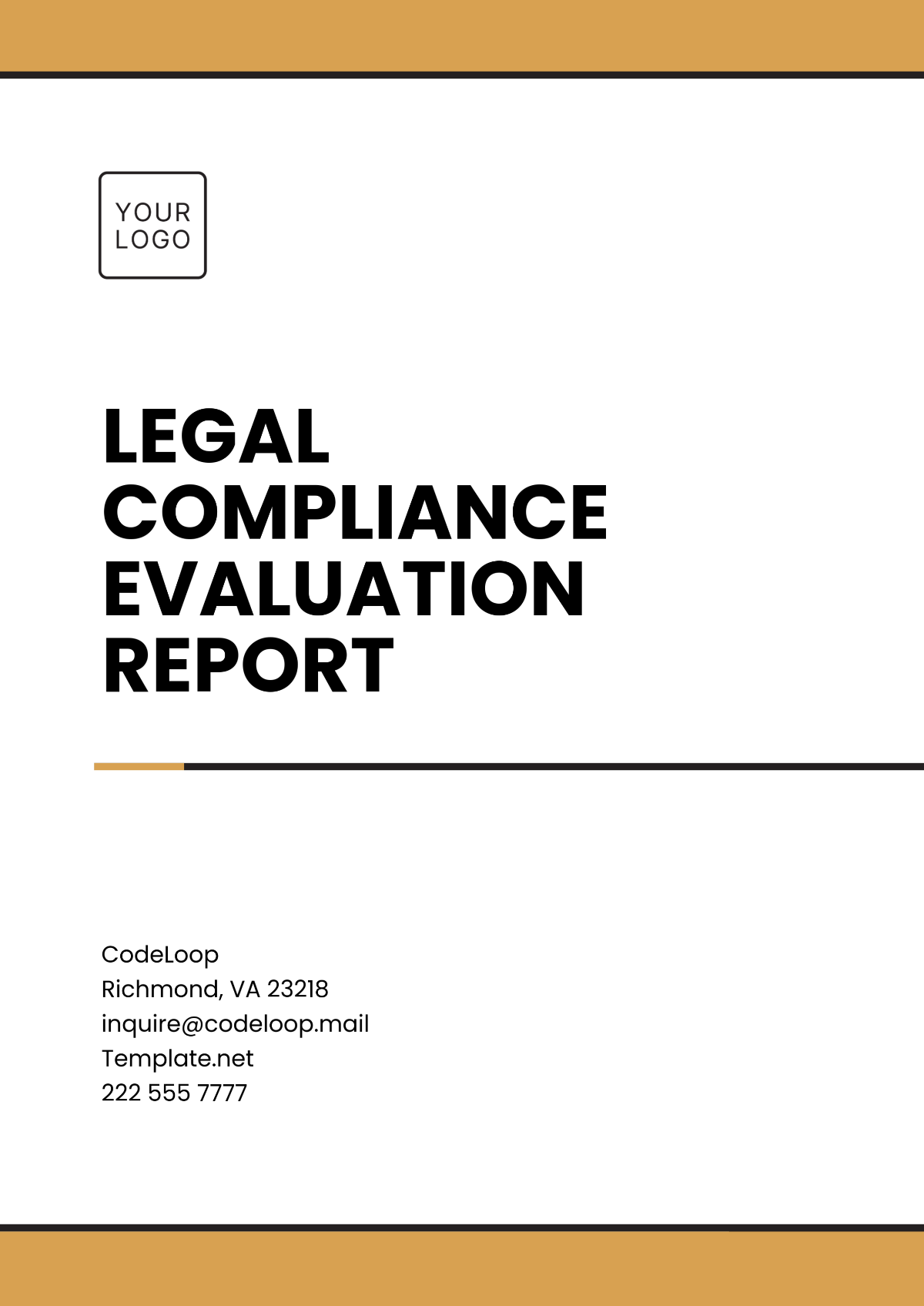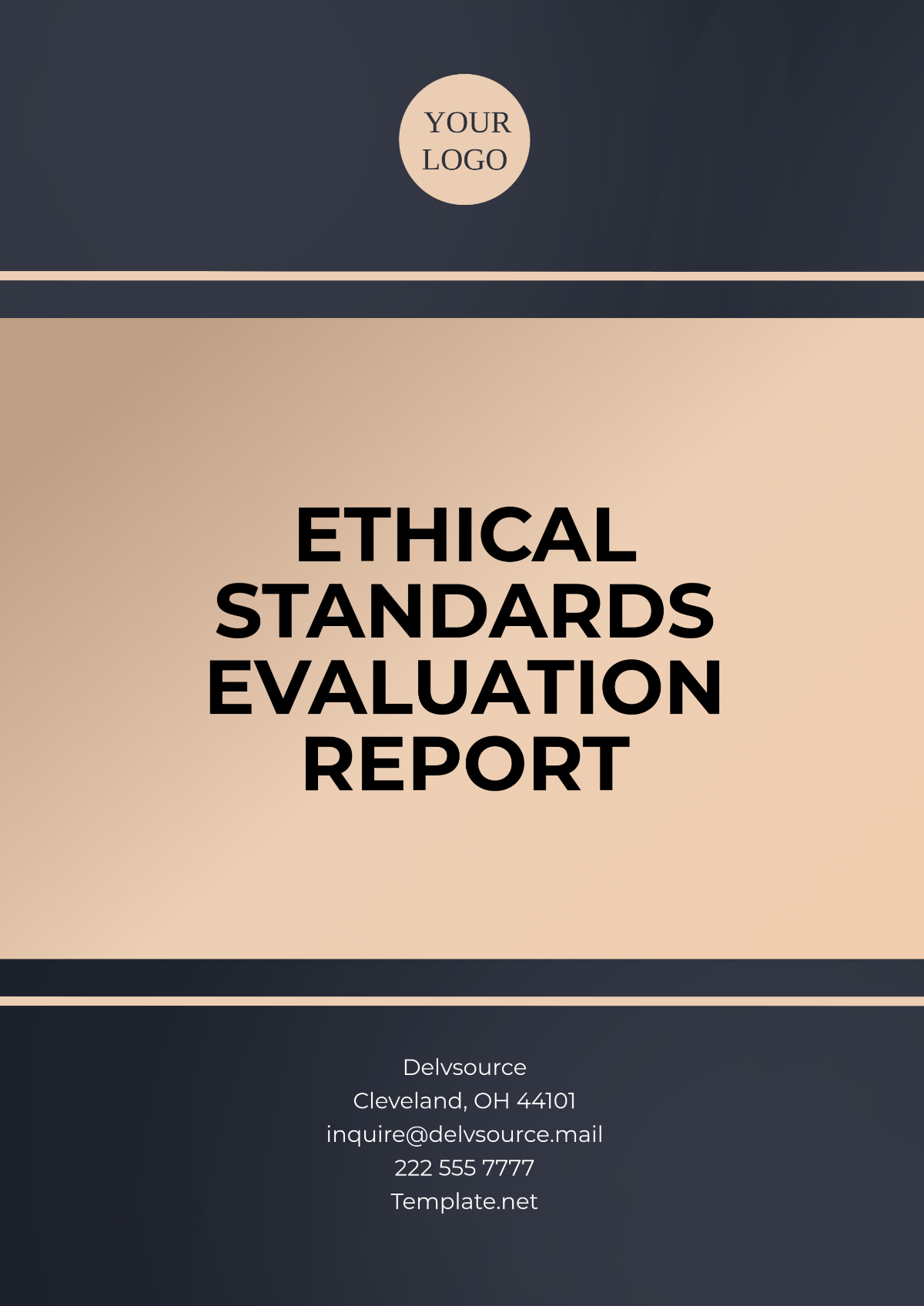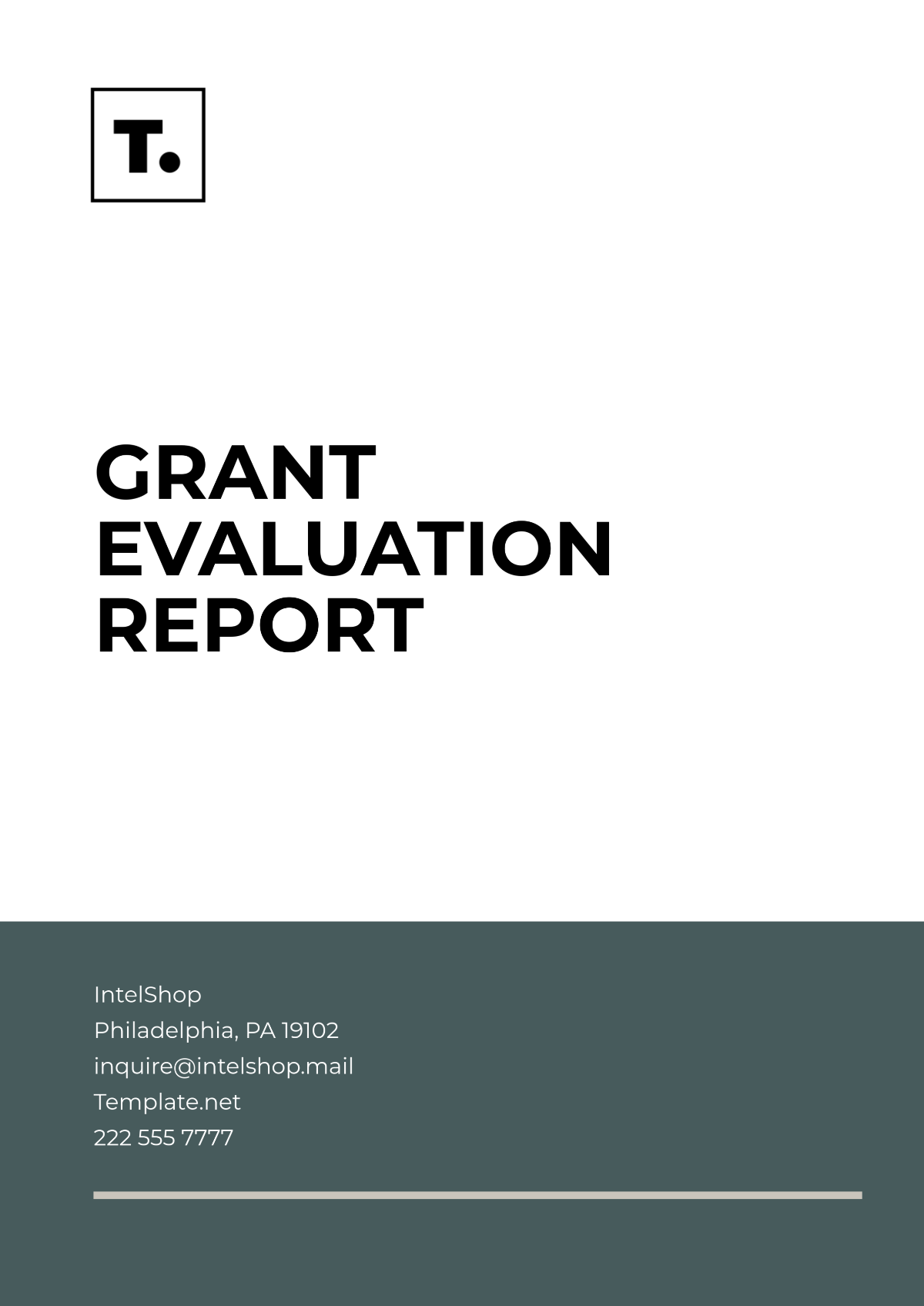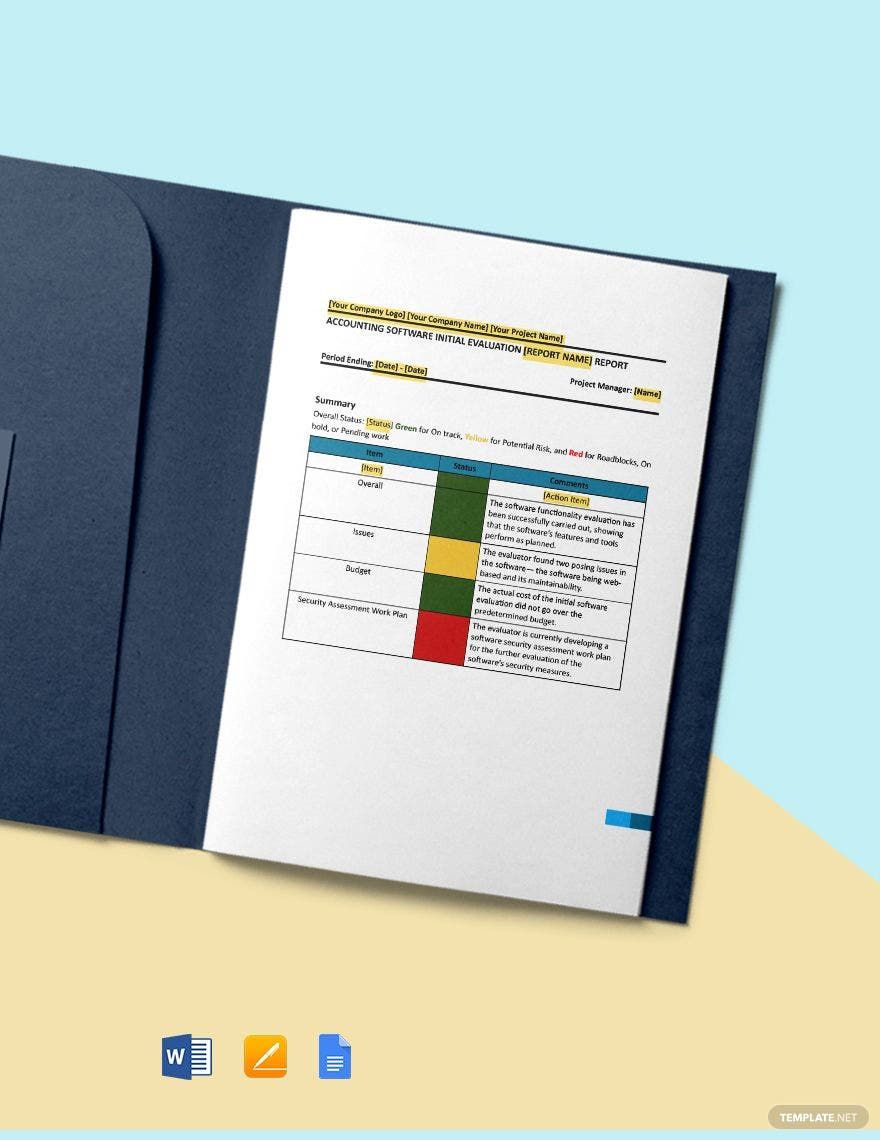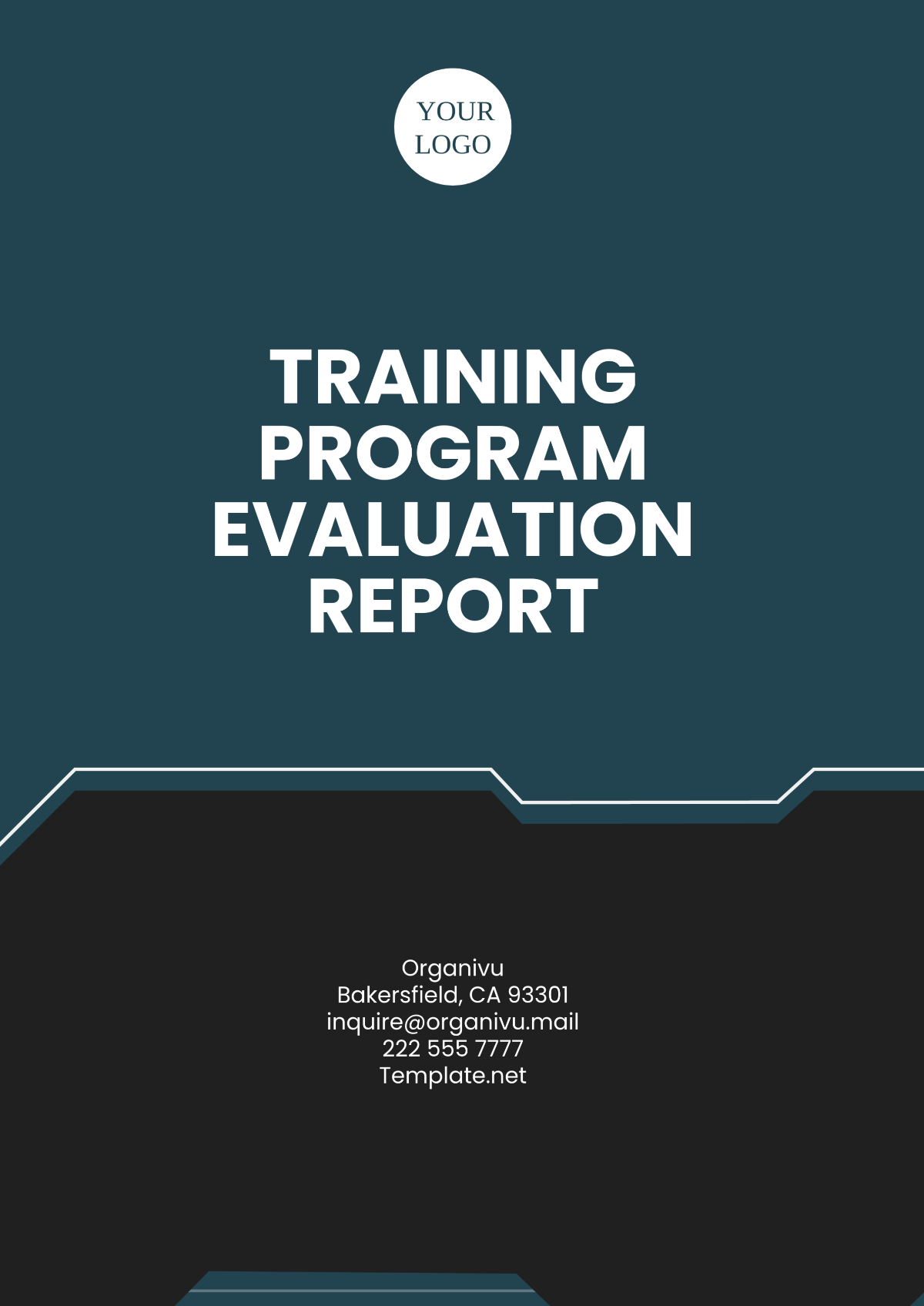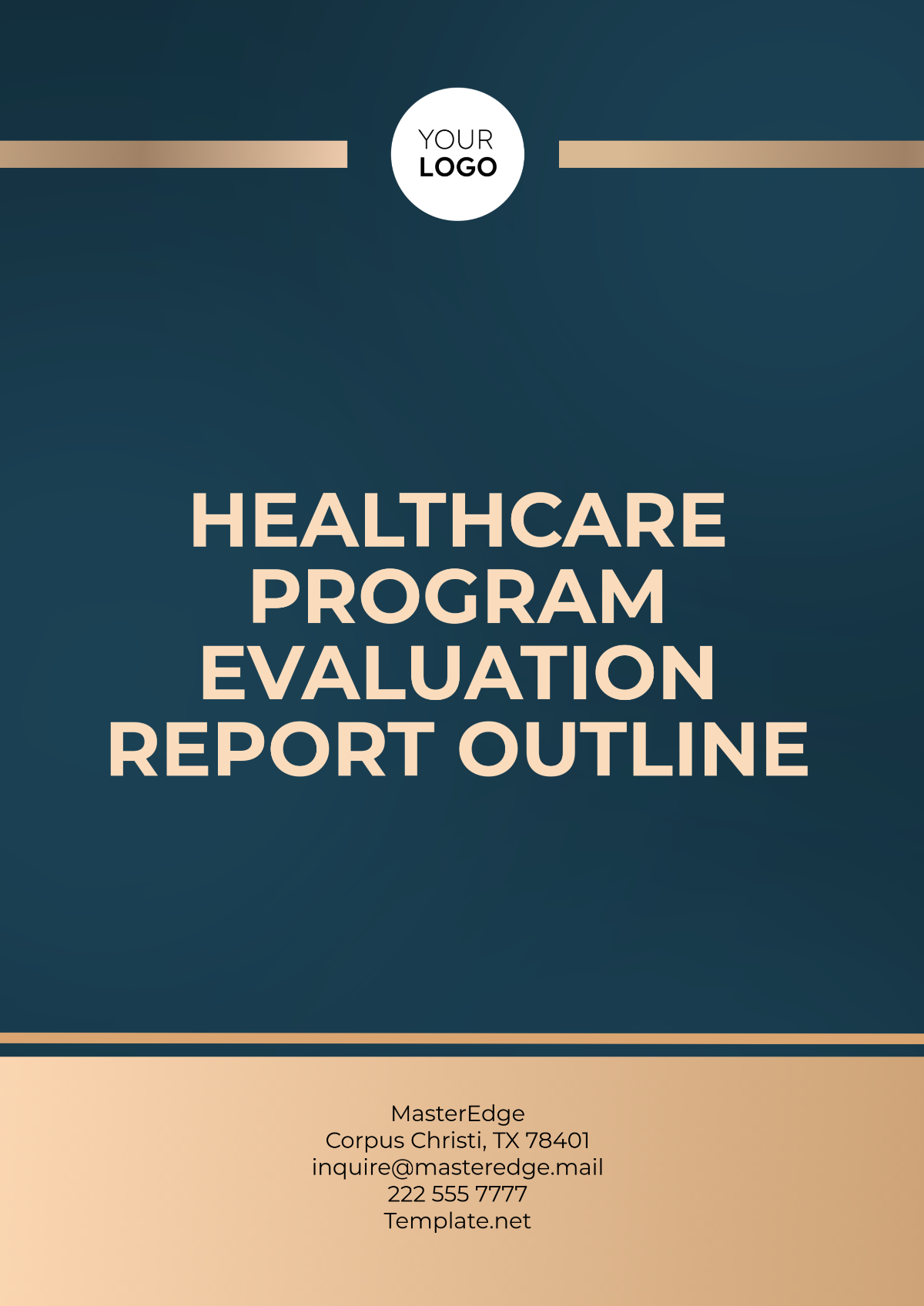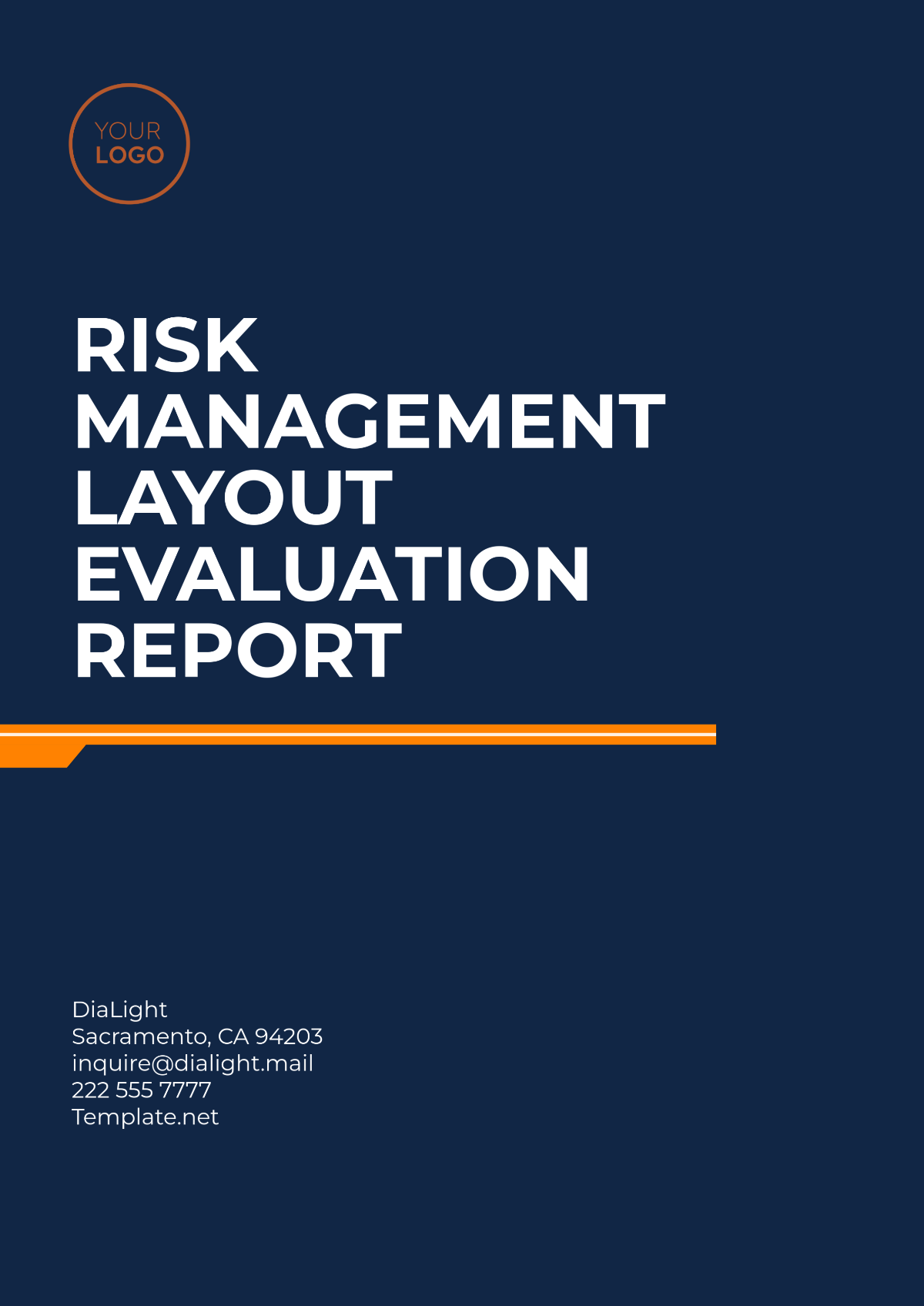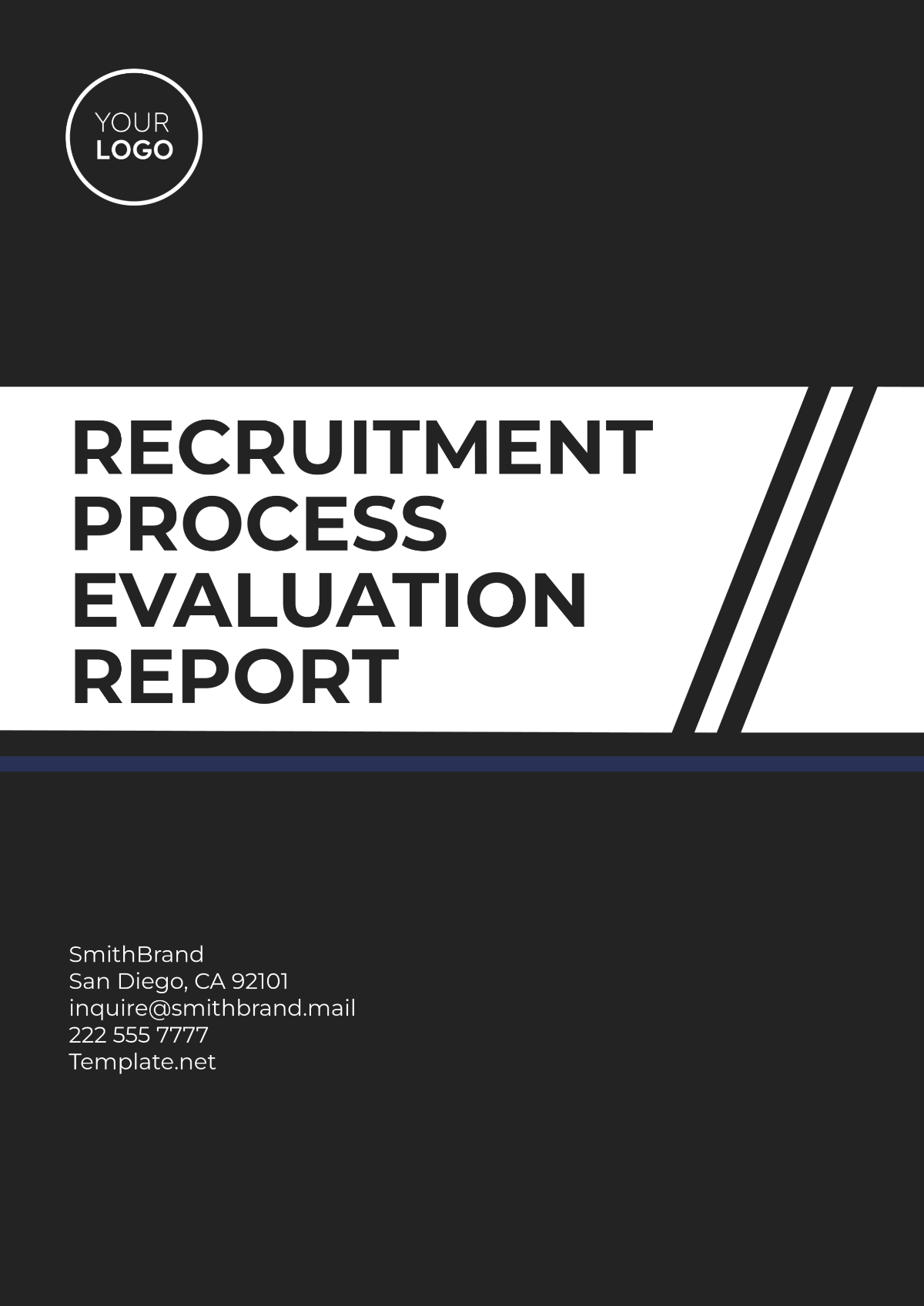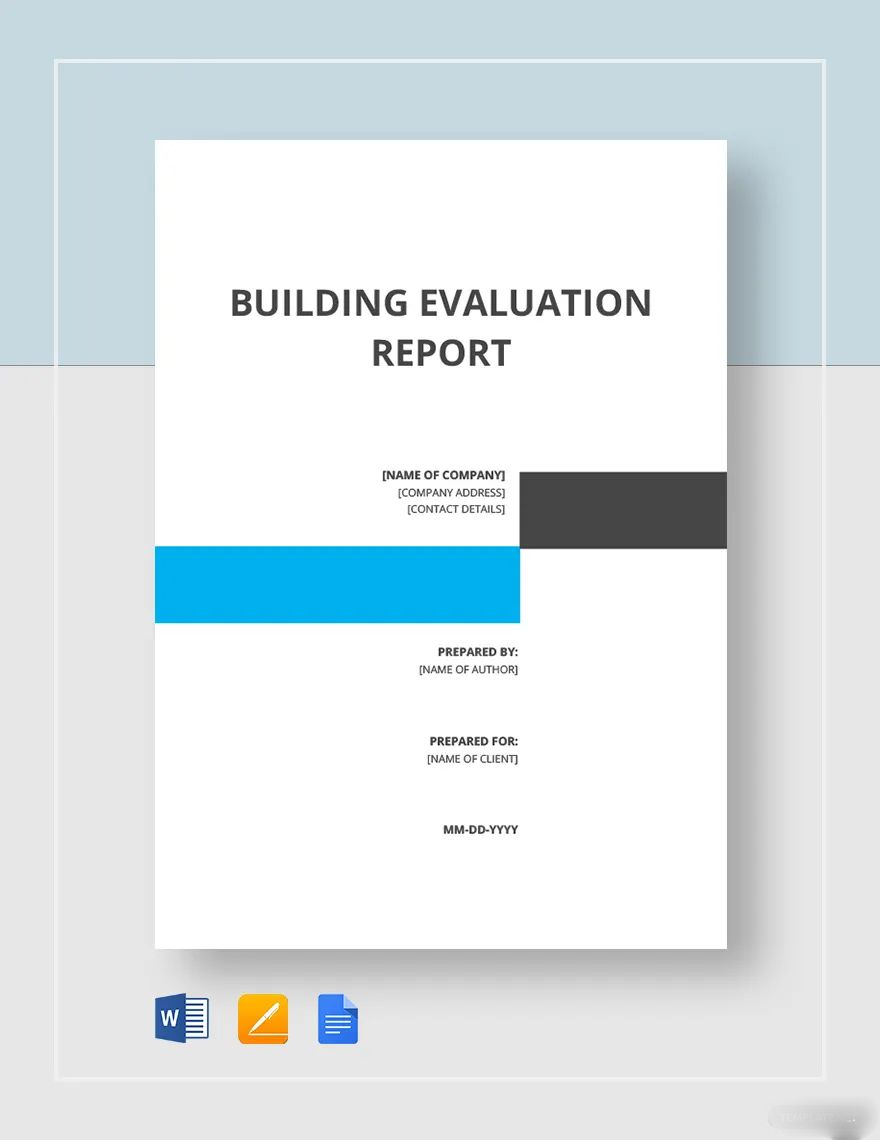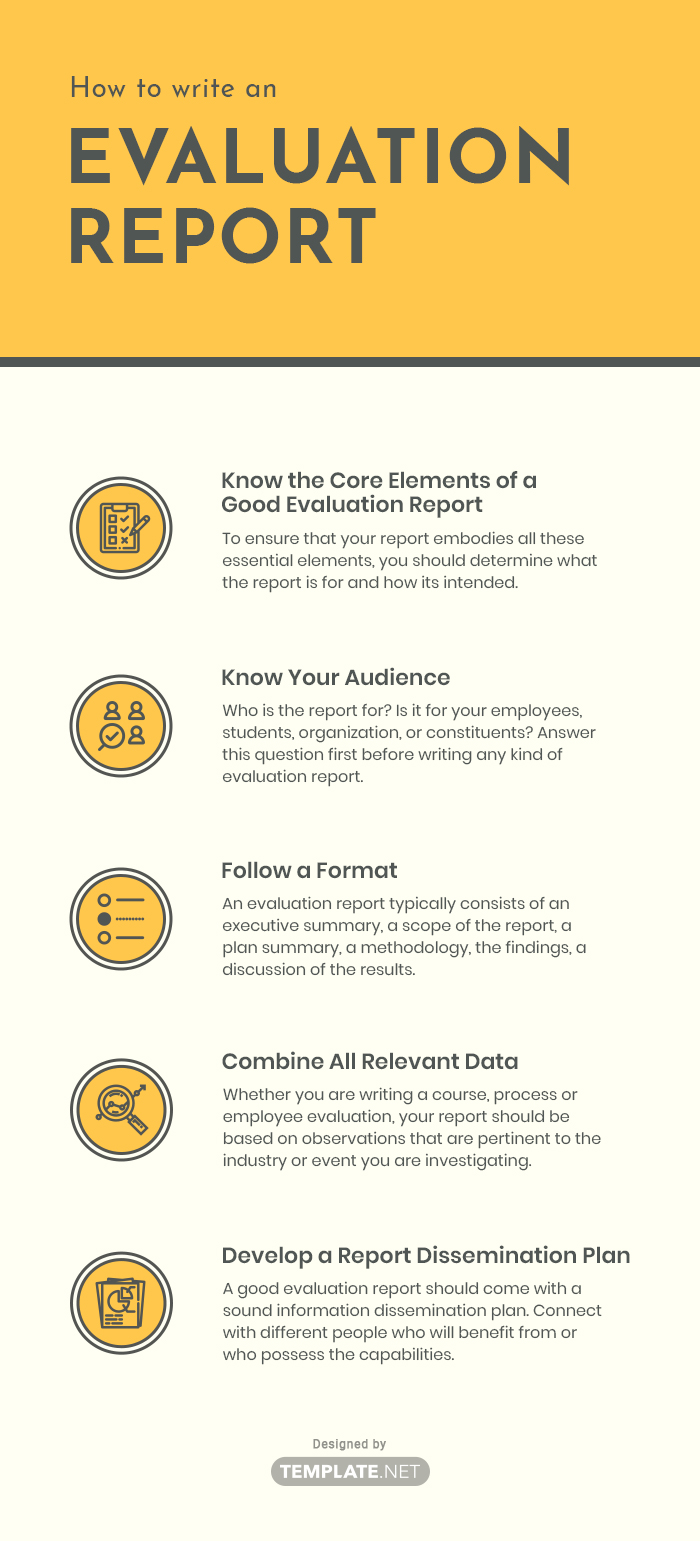The steps in writing an evaluation report, more or less, stay the same no matter what kind of report you are making. Their key difference lies in the content, objectives, and action plans.
To make the entire report-writing process easier and quicker, study all the key points below. Pay special attention to them as they are essential in creating evaluation reports that are easy to understand and engaging.
1. Know the Core Elements of a Good Evaluation Report
A good evaluation report must be useful, credible, and relevant. To ensure that your report embodies all these essential elements, you should determine what the company report is for and how its intended stakeholders can benefit from it. Know how its raw data will be obtained and make sure that they are consistent and accurate throughout the evaluation process.
Lastly, align your report’s objectives with your organization’s goals and for the greater benefit of different stakeholders. Use these elements as a guiding force when proceeding with the other steps in the report-making process.
2. Know Your Audience
Who is the monthly report for? Is it for your employees, students, organization, or constituents? Answer this question first before writing any kind of evaluation report.
Just like your knowledge of the core elements of a good report, knowing who the internal report is for will allow you to develop evaluation reports that are easy to read and addresses the needs of your target audience2.
3. Follow a Format
An evaluation report typically consists of an executive summary, a scope of the report, a plan summary, a methodology, the findings, a discussion of the results and corresponding recommendations, and an appendix or bibliography. Include all these components in your business reports.
4. Combine All Relevant Data
Whether you are writing a course, process, performance, or employee evaluation, your report should be based on observations or results that are pertinent to the industry or event you are investigating.
Start by describing the specific goals you’ve achieved, the results that occurred, and how they happened. Then, proceed with your interpretation of these events. Use clear words to make connections between events and variables. Share the context as to when and how these findings occurred and how they are relevant to the entire evaluation or study.
5. Develop a Report Dissemination Plan
The actual evaluation process does not end with writing the actual evaluation report. A good evaluation report should come with a sound information dissemination plan. Connect with different people who will benefit from or who possess the capabilities to spread this piece of information.
For instance, if you have created a course evaluation report for the training courses that your company offers, it is best to share the report’s findings and recommendations to your Human Resources, Training, and Management teams. This way, there will be more chances that your recommendations will be followed to help improve your company training process.
